BIM in the Design and Construction of the Shanghai Tower
The second-tallest skyscraper in the world
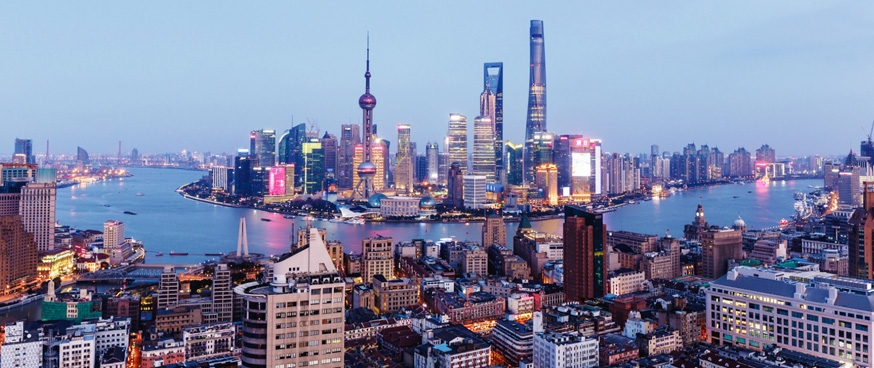
The Shanghai Tower has become the second-tallest skyscraper on the planet. Designed by Gensler architects, the tower stands at a height of 632 meters, with 128 floors. The building's facade features up to 270 wind turbines, boasting 106 elevators operating at 18 meters per second.
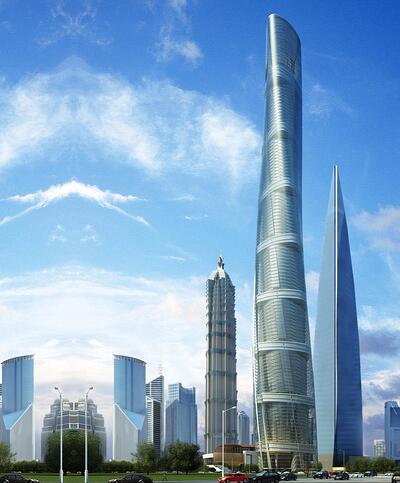
Photo: iStock
The Shanghai Tower is a slender vertical structure with a cylindrical shape. Its double glass skin is overlaid and organized around nine buildings stacked on each other. The inner layer of the double-skin facade encloses the stacked buildings, while the outer facade rotates 120 degrees as it rises, giving the tower its distinctive curved appearance.
The spaces between the two layers of the facade create nine elevated gardens. Like civic squares in traditional cities, these gardens allow interaction and community gatherings, including restaurants, cafes, and shops, amidst lush landscapes. These gardens surround the tower with public spaces.
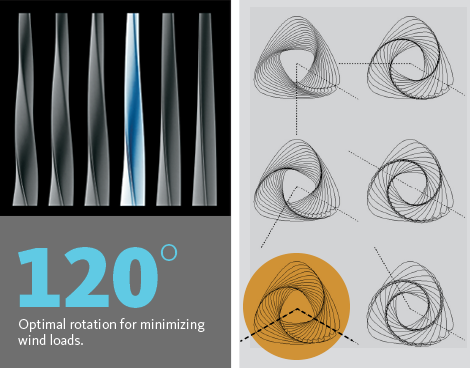
Cortesía de Gensler
BIM: The Key to Efficiency in Construction
BIM technology has proven invaluable in optimizing various construction projects, particularly collaboration, coordination, and data exchange. It unifies the platform for all disciplines to share their design files, generating a unique synergy. An efficient information system creates a database for all design and construction phases. This database considers the building's DNA and can be a reference for future maintenance and developments.
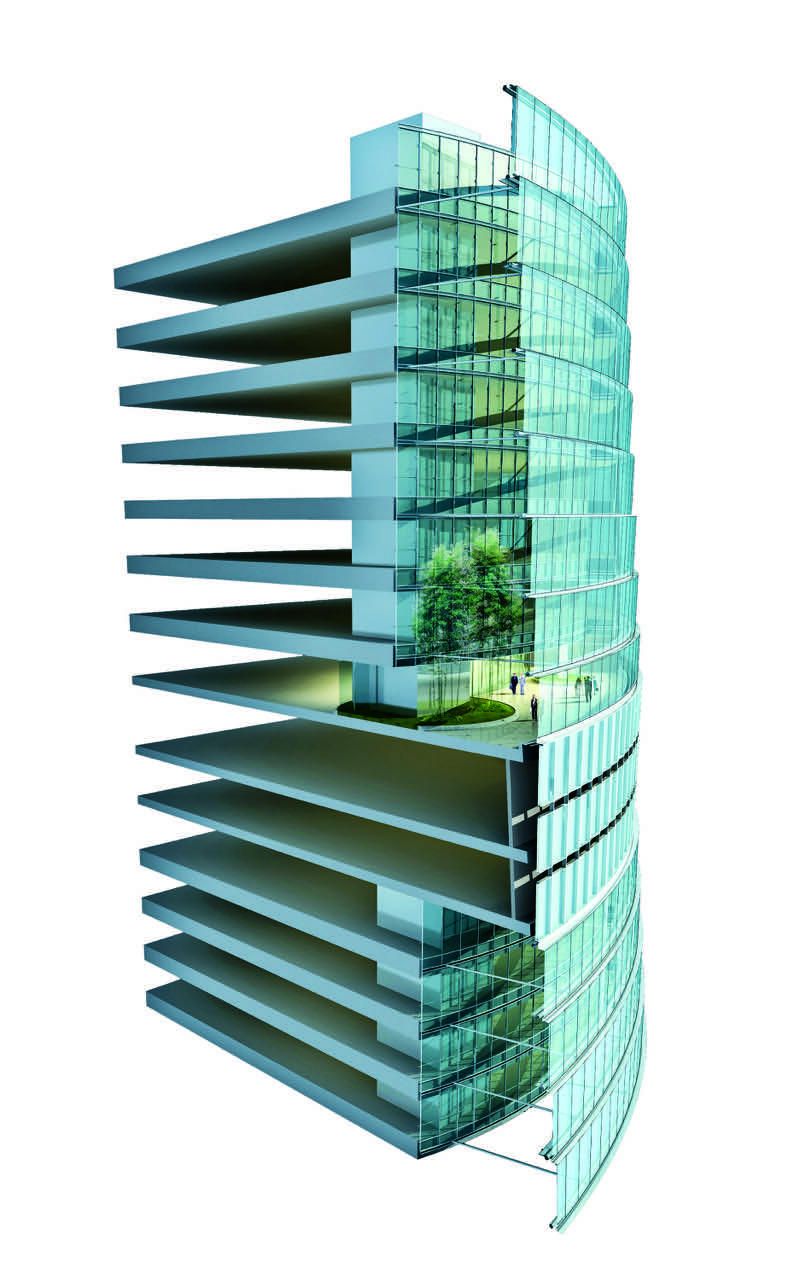
Cortesía de Gensler
For this reason, the Shanghai Tower Construction & Development developer decided to employ this technology in the tower's design, structure, and construction processes. Consequently, the BIM application system was implemented and executed from the project's initial phase in late 2008.
For the application of this system, Autodesk tools were chosen, incorporating Revit Architecture, Structure and MEP software for the design and documentation processes. Autodesk Naviswork Manage software was used to simplify coordination between team members.
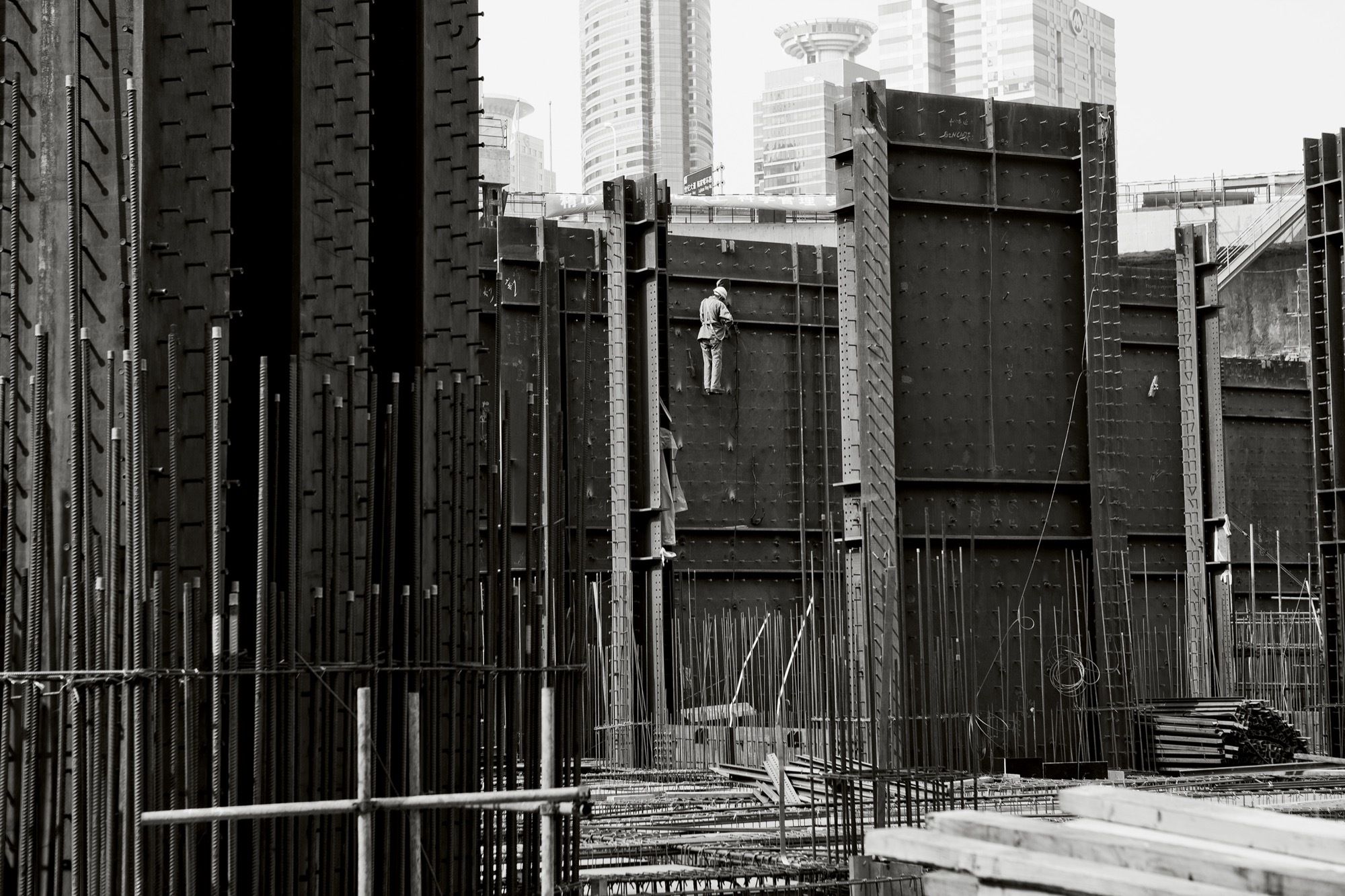
photograph by Blackstation
Ecotect analysis was employed to assess the environmental impact. Additionally, Autodesk Consulting implemented a BIM environment for the local team and provided training and support services.
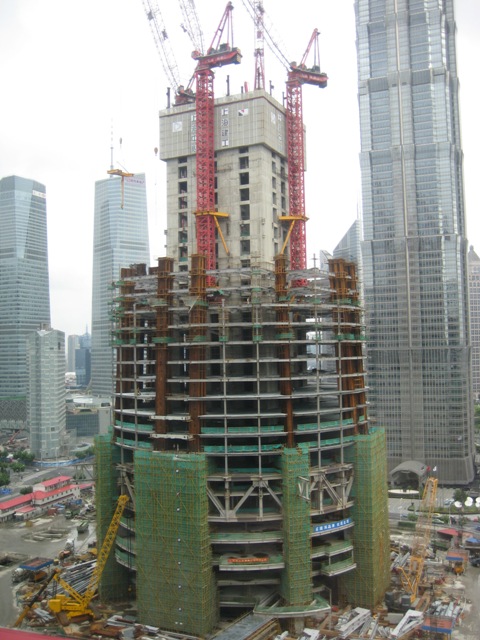
Cortesía de Gensler
Comprehensive Sustainability: Innovative Strategies for Energy Efficiency
The design of this skyscraper belongs to Marshall Strabala, Gensler's design director. Construction began in 2008, and throughout its execution, it applied sustainable methods, adopted environmentally friendly practices, and focused on reducing energy consumption, earning it LEED Gold certification.
Sustainability is at the core of the design. The tower's exterior skin also insulates the building, reducing energy consumption for heating and cooling. The tower's spiral parapet collects rainwater and serves heating and air conditioning systems. Consequently, the building features various energy-efficient mechanisms, including a geothermal system for harnessing underground temperature, water collection devices, and high-speed elevators that generate energy through movement.
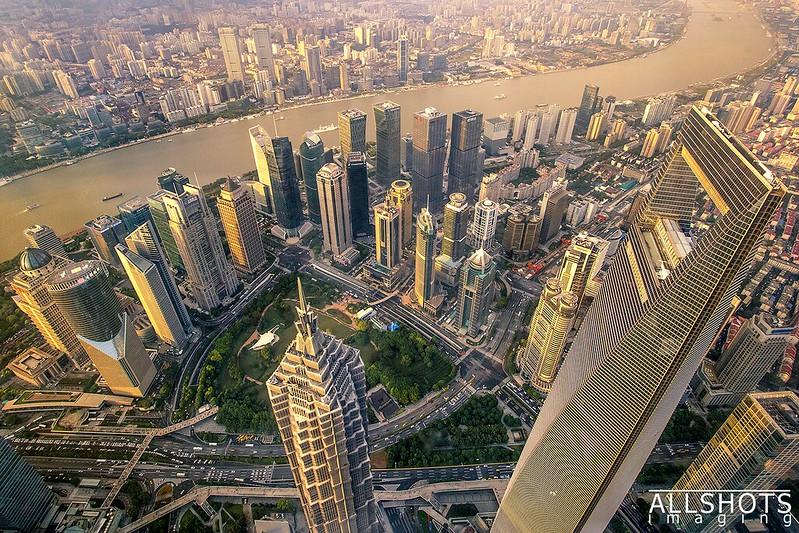
Flickr/Marshall Strabala












